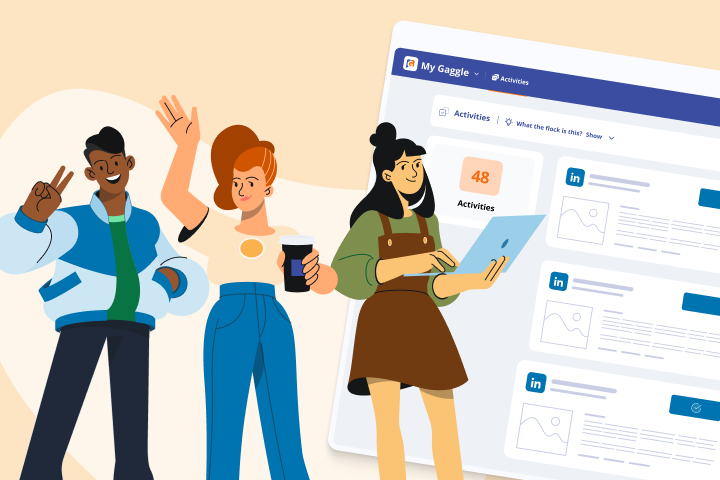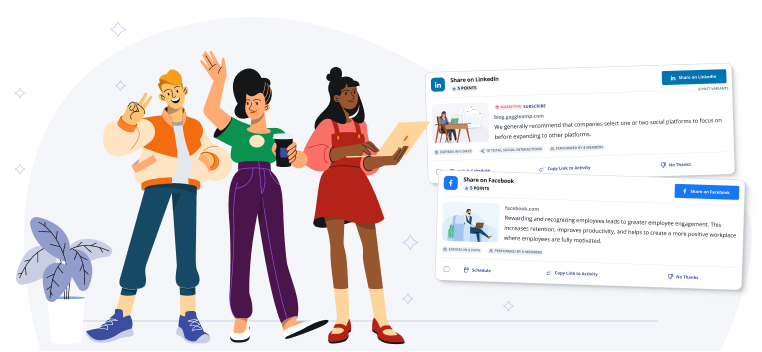How Marketing Can Help Your Employee Engagement Efforts
It is no surprise that the marketing profession is based on the ability to build customer engagement.
But this industry has evolved from its early “Mad Men” days, and now makes active use of expertise; proven practices; and technologies to target crafted content in ways that earlier generations of marketers could only dream of. One of the greatest impacts you can generate from your marketing strategy, however, is when you turn your attention and focus internally and target your marketing at your own workforce.
Your employees are often neglected when it comes to marketing strategy. On a very basic level, we assume that employees have already bought into the corporate vision by showing up to work every day. Sadly, this is not always the case. According to Gallup, only 32% of US employees are engaged. Many might be content—happy even—but that does not mean they are actively involved in the company. While better than the worldwide average, this means that 68% of your workforce does not actively care about your company.
This might sound dismal, but it provides you with a fantastic opportunity for growth. Companies with effective employee engagement strategies see a wide variety of benefits including reduced employee turnover, fewer sick days, and increased revenue (especially if the engaged employees are involved in employee advocacy).
Your marketing strategy can help improve your employee engagement efforts in three powerful areas:
Internal communications: There are many benefits to having an informed workforce. Unfortunately, your employees face some of the same challenges as your clients—too much information and too little time to process it all.
Your internal communications must compete for an employee’s attention, so why are they often the least interesting content your company produces? Applying the tactics and tools of marketing to your internal communications makes them more compelling, more interesting, and far more memorable. Good communication is the lifeblood of an organization, and marketing can be the CPR that restarts your company’s heart.
Employee empowerment: While your employees are very interested in their paychecks, they also value chances to grow, learn new skills, and participate at a bigger level within the company.
Setting up an employee advocacy program in your organization empowers employees to participate in the company at a greater level. They get to take part in a role where they can see the immediate impact of their efforts in the form of increased sales and ROI for the organization. Employee advocacy programs also provide a venue where employees can share thoughts and feelings about the organization—empowering them by giving them a louder voice in the discussion about the company’s future.
Recognition: If there is one thing marketing is good at, it is recognition. As marketers, we get to participate in the success of our customers as our product or service helps them address a need.
Internally, once you have better informed your staff and you have empowered them to participate in the organization at other levels, you must then recognize their efforts. If your staff outperform your expectations, ideally, your recognition should outperform their expectations. The power of recognition is far reaching and will go a long way to motivate your employees to do even more to truly engage them.
While only 32% of employees are engaged right now, your employees want to be engaged in their work. Not only are engaged employees typically more satisfied at work, it is more profitable for your organization! Turning your marketing strategy inward can be the best choice for employee engagement, and your company in general, that you ever make.








